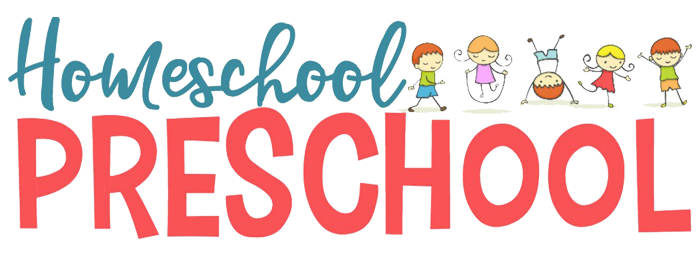Polar Bear Printables
Does your child like polar bears? If so, they’re going to love these polar bear printables! They’re perfect for practicing beginning sounds, handwriting, and more.
When you pair this worksheet packet with the other polar bear preschool activities, you’ve got everything you need to teach your little ones about these fun animals.
These no-prep activities are perfect for use both at home and in the classroom. Add them to your preschool lessons today.
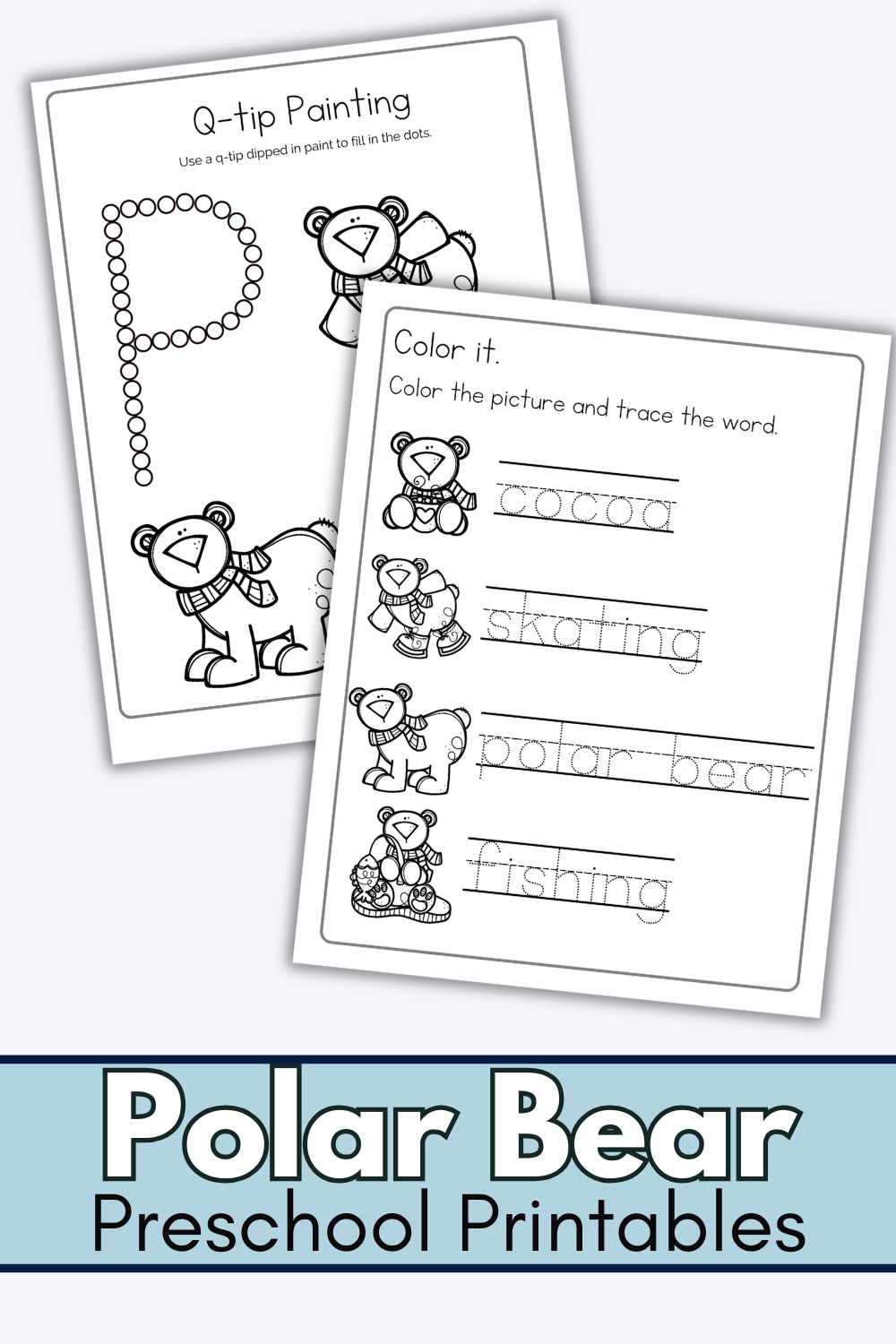
This set of printables is just some of our many winter activities for preschoolers that make learning fun and engaging for your little ones.
Each of our activities is designed to teach and engage kids ages 3-5, and these are perfect for your winter lessons.
Polar Bear Printables
In our brand new set of free preschool printables, you’ll receive the following activities:
- polar bear color and trace page
- polar bear handwriting practice page
- P is for polar bear q-tip painting page
How does coloring benefit preschoolers?
Coloring offers numerous benefits to preschoolers, beyond just being a fun activity. It’s an excellent way to develop fine motor skills as children learn to control their hand movements and grip a crayon or pencil.
Coloring also introduces children to the concept of boundaries, as they attempt to color within the lines. Additionally, it can stimulate creativity, as children decide on the colors to use.
In the context of our polar bear printables, coloring also enhances learning about the polar bear, its color, and its environment, making it a powerful educational tool.
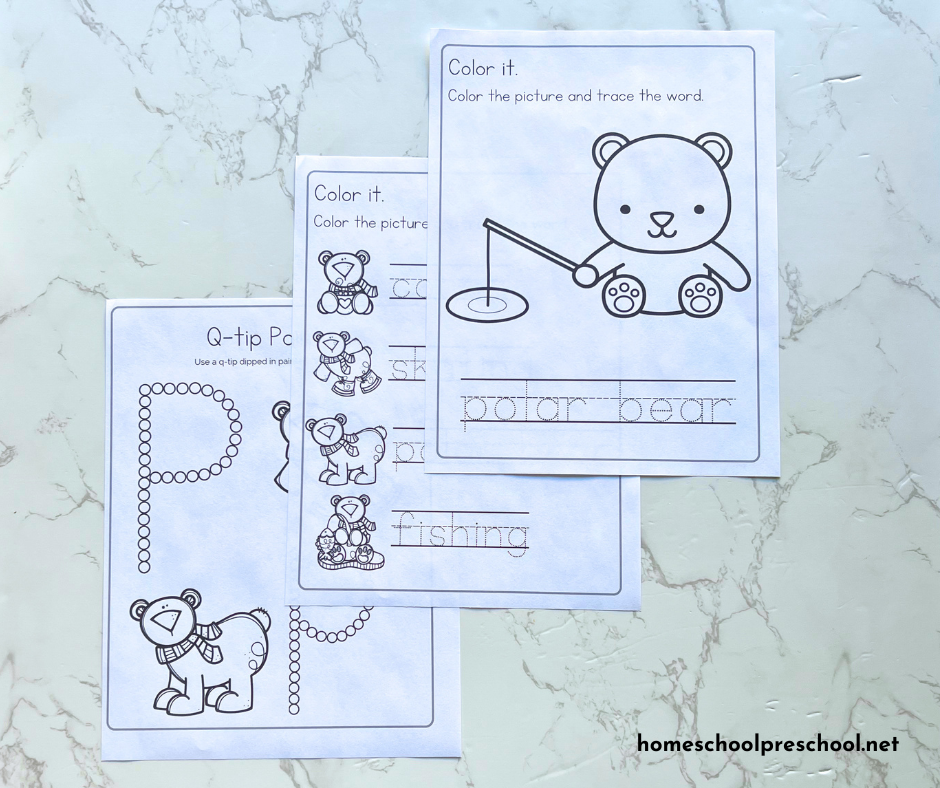
Coloring Pages for Preschoolers
Now that we’ve explored the advantages of coloring for preschoolers and the incredible learning potential it offers, why not explore more?
Each of the links below provides a unique theme and educational experience, perfect for keeping your little ones engaged and enhancing their learning journey.
Check them out and add some color to your preschool activities.
- Free Printable Valentines Coloring Pages
- Cute Penguin Coloring Pages
- Winter Penguin Coloring Pages
- Dinosaur Coloring Pages
- Coloring Pages to Learn Colors
When should children begin tracing the alphabet?
Children can begin tracing the alphabet as soon as they develop the fine motor skills necessary to hold a pencil or crayon, which usually occurs between the ages of 3 and 4.
However, it’s important not to rush this process. Each child has a unique pace of development, and pushing them too early may lead to frustration and a lack of interest.
It’s more important to make the learning process enjoyable and stress-free. Alphabet tracing is a fantastic way to introduce children to letter shapes and sounds, paving the way for successful reading and writing in the future.
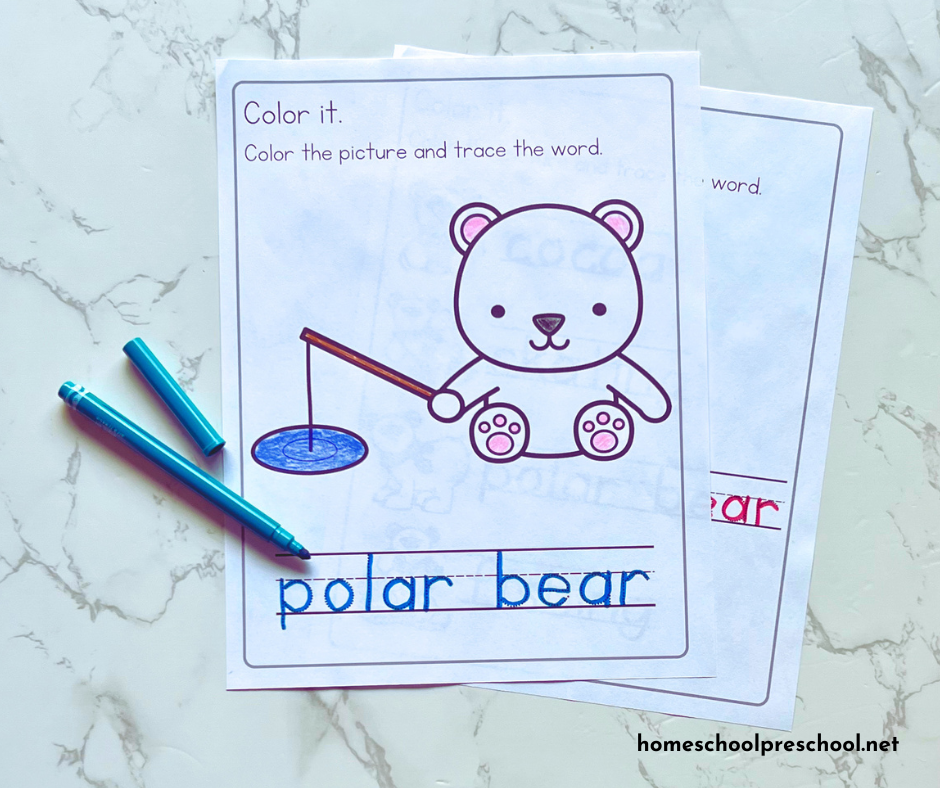
Handwriting Practice
If your child needs additional handwriting practice, check out these resources. These handpicked pages are designed to be both educational and entertaining, ensuring that your child remains engaged while learning.
Are there any benefits to painting with Q-tips?
Painting with Q-tips offers a variety of benefits for children. First and foremost, it helps in enhancing their fine motor skills as they learn to control the Q-tip while painting. This practice prepares them for activities that require precision and control such as writing.
Secondly, it allows them to explore their creativity and express themselves through art. The different patterns and textures they can achieve with Q-tips stimulate their imagination and encourage them to experiment.
Lastly, it’s an affordable and easy-to-set-up activity that can keep children entertained and engaged for hours.
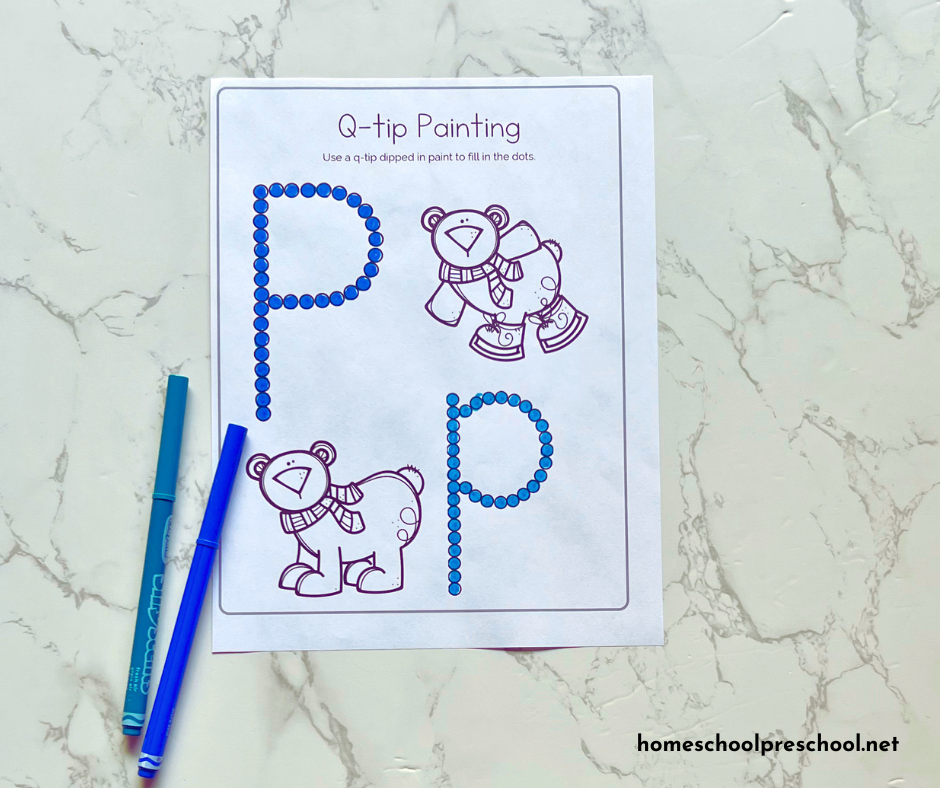
Q-tip Dot Painting
Kids love our Q-tip dot painting worksheets. If you need more to add to your preschool lessons, check these out, .
The journey of learning and development for children is filled with exploration, creativity, and fun. Simple tools like Q-tips and alphabet tracing worksheets can offer immense value in this process, nurturing their fine motor skills and artistic expression.
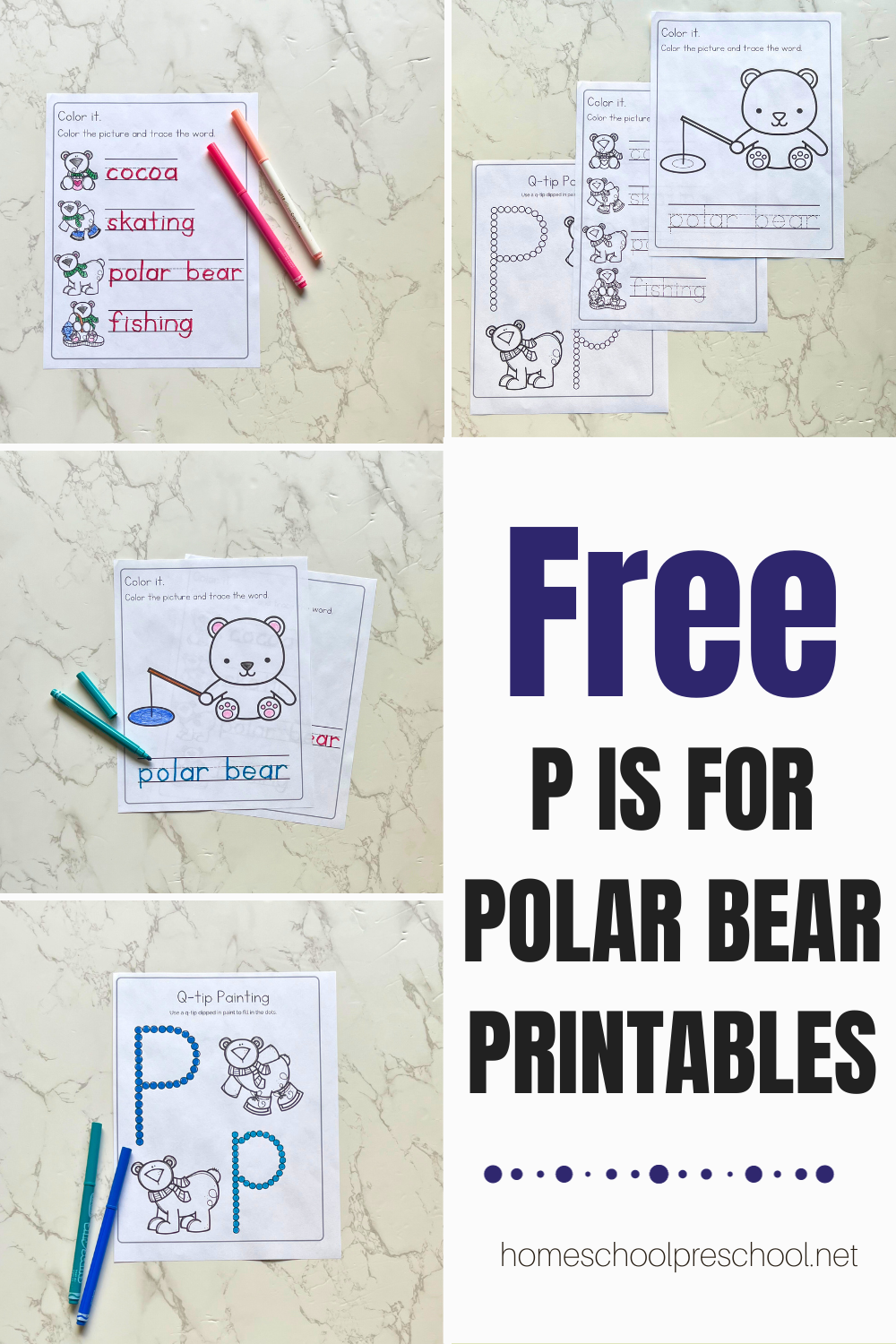
Remember, every child evolves at their own pace. The goal is to create a positive and enjoyable learning environment.
So, embrace these resources and remember, patience, consistency, and encouragement are the key ingredients to foster a lifelong love for learning within your child.
